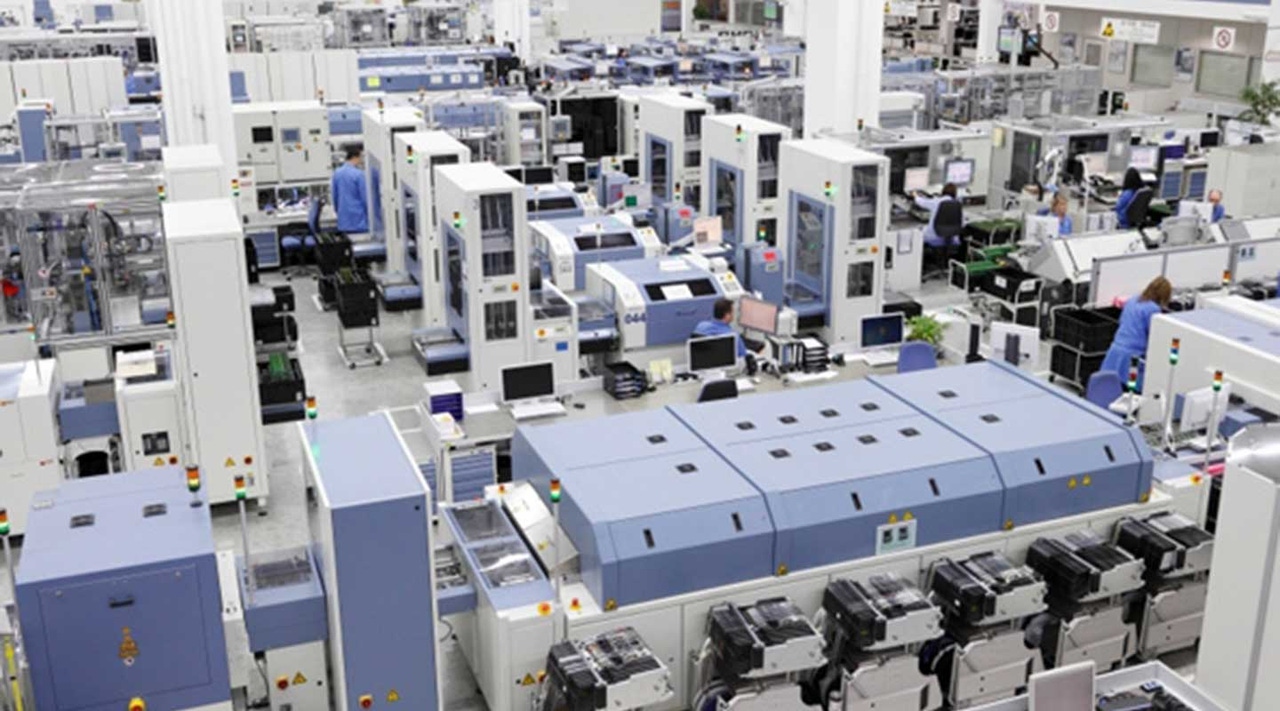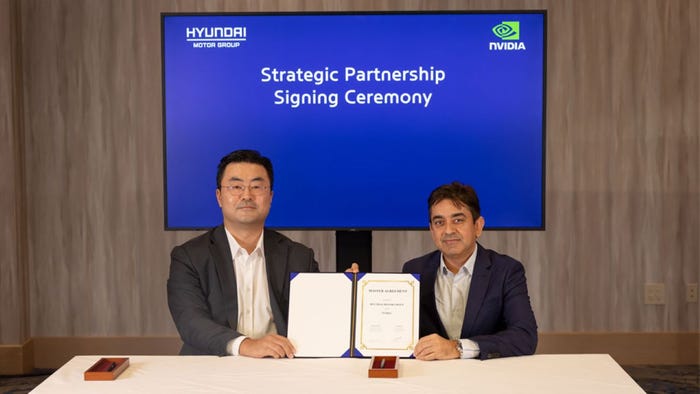US Manufacturing Is Resilient, Innovative, Increasingly Digital
On the eve of the world’s largest industrial show, American manufacturers “don't just want to keep up,” according to one leader. “They want to be trend-setters.” Digitization is playing a big part in that success.
April 25, 2016

By Raj Batra Siemens USA President Digital Factory Di
Next week, the United States manufacturing sector will have the spotlight at the world’s biggest industrial fair, Hannover Messe.
This is the first time since the inaugural German fair in 1947 that the United States was chosen as the partner country — and the timing could not be better. Hannover is a global demonstration of the digitalization of industry that is leading us toward the Industrial Internet of Things and a Fourth Industrial Revolution. And the United States, represented by more than 400 companies, has an opportunity to show that we’re ready to embrace this revolution.
America is indeed poised to drive the Industrial Internet of Things forward. With a proven track record in innovation, software development, and university education, we are in a strong position to make rapid progress.
But U.S. manufacturers still have a long road ahead of them. Capital investments have been lagging for some time and our manufacturing infrastructure is becoming obsolete. The technology that we hold in our hands every day bears little resemblance to the 1980s equipment seen in many factories. Even digitally mature manufacturers admit that parts of their operations still rely on PCs with floppy disk drives running DOS.
And perhaps no one captured the challenges facing U.S. manufacturers better than Gregg Sherrill, Chair of the Board of the National Association of Manufacturers and Chairman and CEO of Tenneco Inc., at the recent Manufacturing in America event, held in Detroit.
“The speed of change,” he said, “is not linear. Companies don’t just want to keep up; they want to be trend-setters.”
To be trend-setters, manufacturers must leverage state-of-the-art industrial hardware and increasingly sophisticated industrial software. But the reality is, the U.S. manufacturing sector has a growing gap — as McKinsey & Company recently put it — between industry’s digital “haves,” “have nots” and “have mores.” While some are boldly setting trends, too many are hesitating and taking a wait-and-see approach to digitalization.
Still, I’m optimistic that U.S. manufacturing will achieve IIoT for three reasons.
First, the benefits of digitalization to both our economy and industry cannot be ignored. According to McKinsey, digitalization offers the United States an opportunity to boost GDP by as much as $2.2 trillion by 2025. For industry, the rewards are not only faster product releases, but increased productivity, reduced downtime, better utilization of assets and materials, and much more flexibility.
Second, modernizing our industrial base means creating better jobs. The world of advanced manufacturing will not run itself. That’s why it’s incumbent upon industrial players to partner with government and academia to promote a mindset of life-long learning and continuous skill development — especially in science, technology, engineering and math fields, the STEM program. Students gain valuable, real-world experience using the technology that they’ll encounter when they enter the manufacturing workforce.
Third, as early adopters demonstrate the benefits of digitalization, more industrial companies, both large and small, will answer the digital call. I’ve seen incredible progress by the early adopters in our customer base. These manufacturers are in a position to harvest big data and shift more of the design, testing, and engineering phases of production to the virtual world — steps that can facilitate mass customization and cut time to market by up to 50%. This is the essence of IIoT.
U.S. manufacturing has already shown that it’s incredibly resilient. We’ve been battered by headwinds for nearly two years. The rise in the value of the dollar has put incredible pressure on U.S. exports. North America has sustained most of the energy world’s layoffs, capex cuts, and rig closures. But we’ve also seen incredible successes such as 15-year highs in auto sales last year, trillion dollar backlogs in aerospace, and the construction of brand new factories.
Now is the time to build on this momentum — and achieve a real, sustainable manufacturing renaissance — by embracing digitalization. Everyone is starting this journey in a different place, but all are moving toward the same destination: IIoT, and an era in which U.S. industry is more competitive than ever before.
Raj Batra is president of the Digital Factory Division for Siemens USA, and is responsible for overseeing all development, marketing, sales, R&D, vertical industry and manufacturing aspects for DF in the United States. In addition to his responsibilities at Siemens, which he joined in 1993, Batra is a member of the Board of Governors of the National Electrical Manufacturers Association (NEMA) and a member of the President’s Council of the Manufacturers Alliance for Productivity and Innovation (MAPI). Prior to Siemens, Batra worked as a sales engineer and product manager developing automation solutions for discrete manufacturing and process industries.
This article originally appeared on IndustryWeek.
You May Also Like






